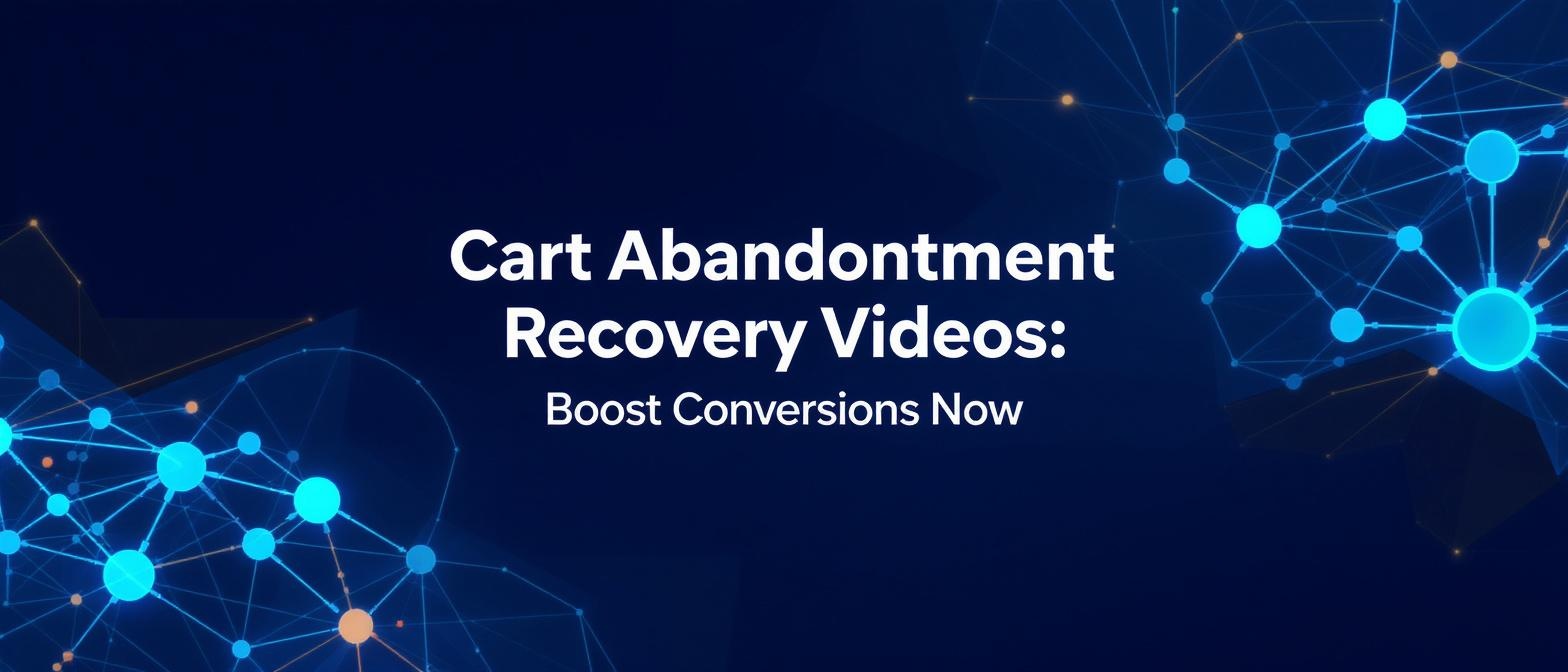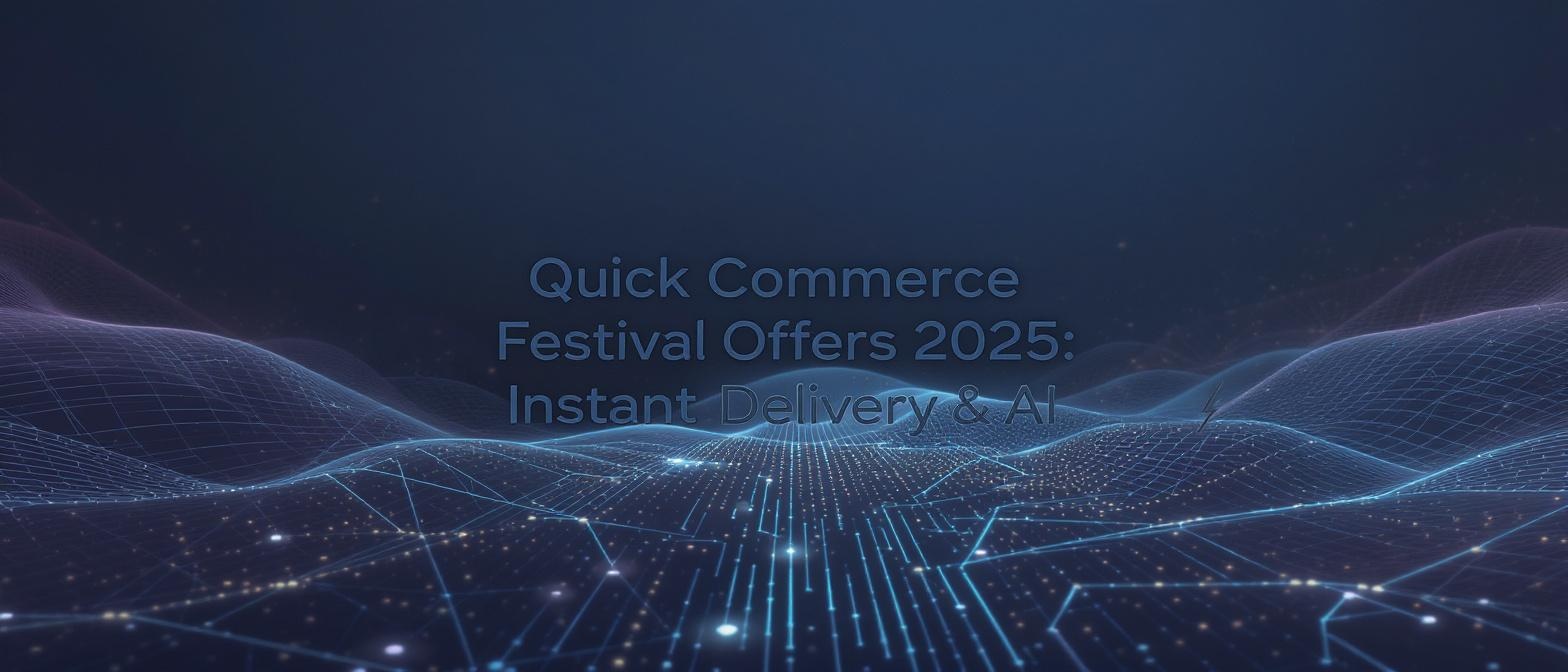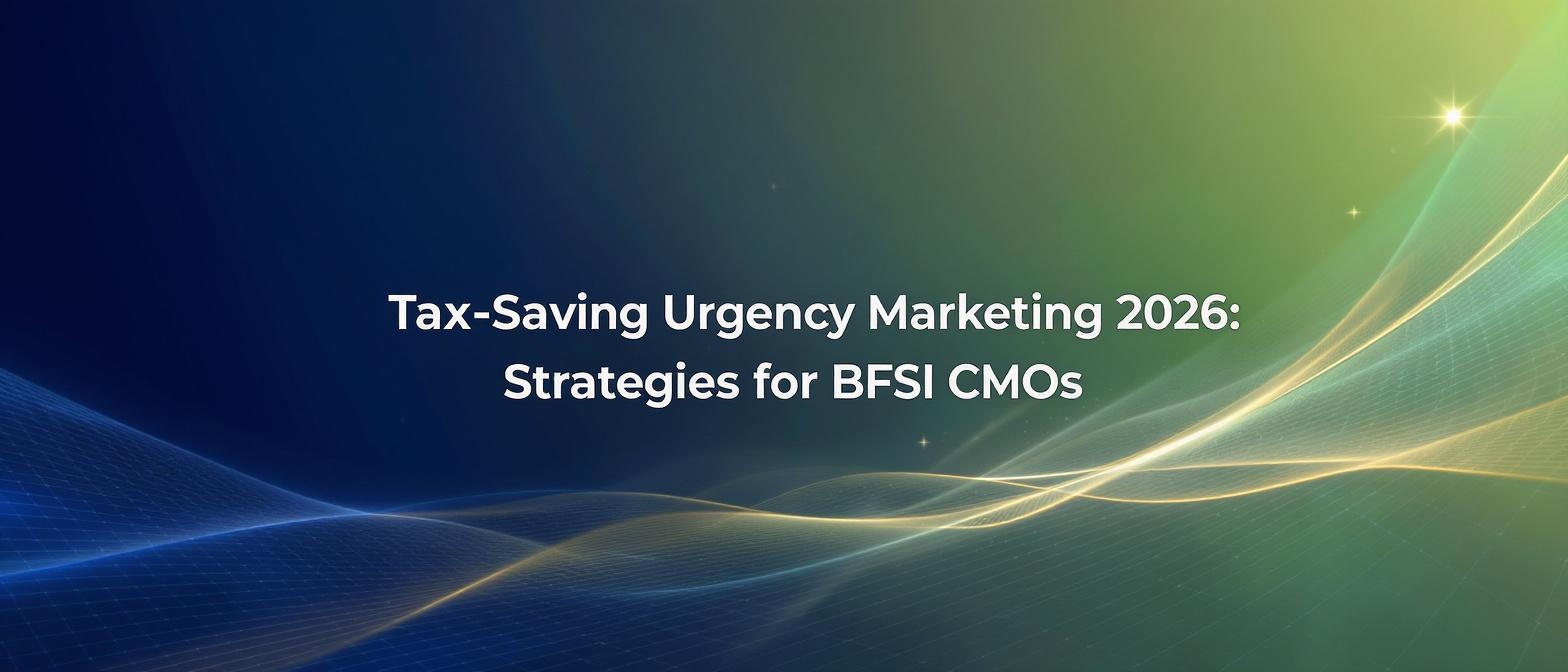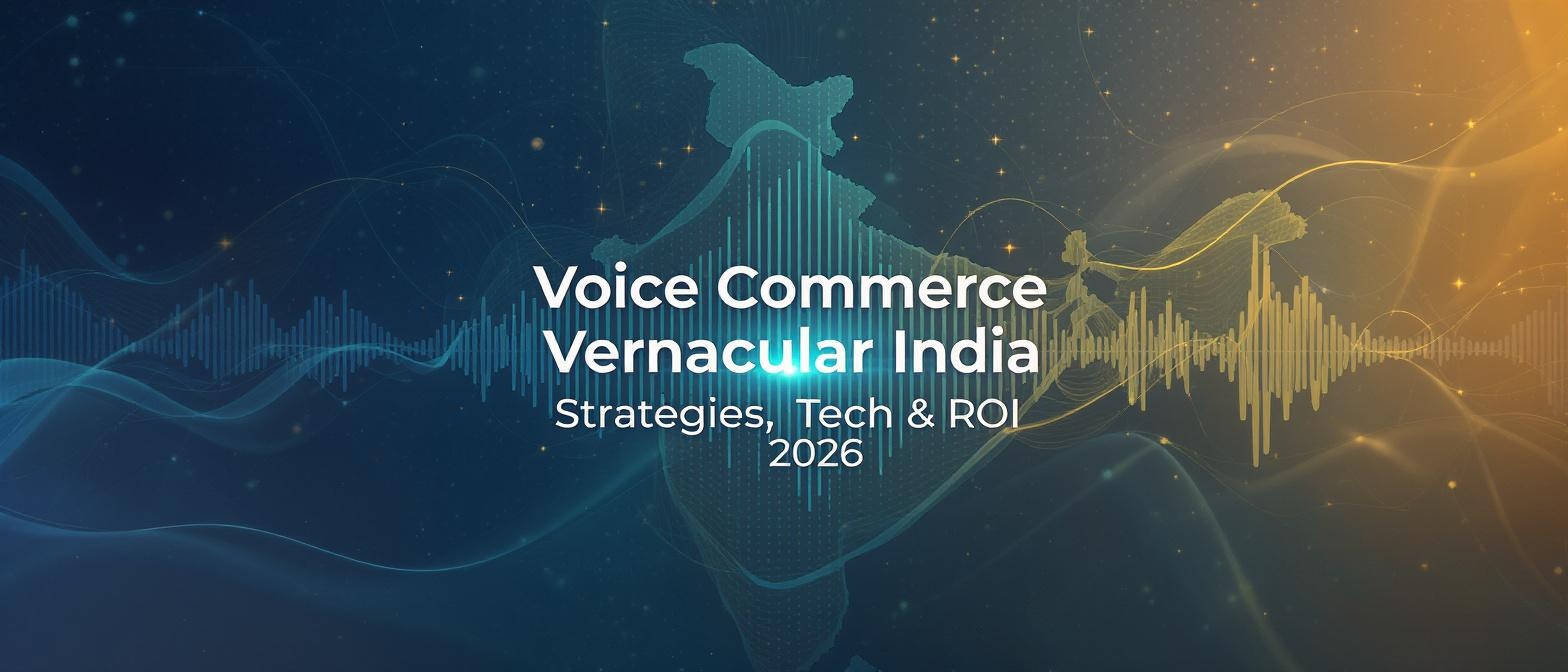How Cart Abandonment Recovery Videos Can Reclaim Lost Revenue in Your E-commerce Funnel
Estimated reading time: ~17 minutes
Key Takeaways
- Cart abandonment rates can exceed 70%, causing massive revenue losses if not addressed.
- Personalized videos re-engage customers by referencing their name and abandoned cart contents.
- Intelligent video triggers use real-time data to send recovery videos at precisely the right moment.
- Optimizing across the entire funnel prevents drop-offs before they happen, further boosting conversions.
- Advanced AI video platforms like TrueFan AI enable rapid personalization, multilingual support, and high ROI.
Cart abandonment recovery videos are personalized video messages sent to shoppers who exit before checkout, designed to re-engage them and drive conversions. It's a high-stakes challenge every e-commerce brand faces. A potential customer finds your product, adds it to their cart, proceeds to checkout, and then vanishes. This moment is where billions in potential sales are lost.
The global average cart abandonment rate hovers around a staggering 70%, and India's e-commerce landscape mirrors this trend, with desktop cart abandonment also hitting 70%. This isn’t just a leaky bucket; it’s a broken dam. With an estimated ₹260 billion in recoverable revenue lost annually in the Indian market alone, innovative interventions are no longer a luxury—they are essential for survival and growth. As traditional email reminders lose their effectiveness in a saturated market, video-based interventions, powered by artificial intelligence, are emerging as the next frontier in e-commerce growth. These AI video cart recovery campaigns are not just another marketing tactic; they are a strategic imperative to reclaim lost customers and revenue.
Section 1: Decoding the "Why"—A Deep Dive into Cart Abandonment
Cart abandonment is the act of a potential customer adding items to their online shopping cart but leaving the site without completing the purchase. It represents a critical drop-off point where a high-intent shopper decides against finalizing their transaction, leaving a trail of lost revenue and valuable data in their wake.
Understanding the root causes is the first step toward building an effective recovery strategy. Shoppers abandon carts for a multitude of reasons, often a combination of friction in the checkout process and external distractions.
Top Reasons for Cart Abandonment:
- Unexpected High Costs (48%): The most common culprit is the shock of high shipping fees, taxes, or other hidden costs revealed only at the final checkout stage.
- Mandatory Account Creation (24%): Forcing users to create an account before they can purchase adds a significant barrier, particularly for first-time buyers seeking a quick transaction.
- Complex Checkout Process: A lengthy or confusing checkout funnel, demanding excessive information or involving multiple steps, frustrates users and leads to attrition.
- Mobile-First Challenges: The digital landscape is overwhelmingly mobile, yet checkout experiences are often not optimized for smaller screens. This friction contributes to a staggering 85% mobile cart abandonment rate, as users contend with distractions and less-than-ideal user interfaces.
The financial toll of this phenomenon is immense. In the Indian e-commerce context, it's estimated that e-retailers lose up to ₹20,000 crore annually due to cart abandonment. This isn't just a statistic; it's a direct hit to the bottom line that could be reinvested into product development, marketing, and growth. By implementing sophisticated strategies like abandoned cart video automation and personalized shopping cart reminders, businesses can begin to plug this leak and convert hesitant shoppers into loyal customers.
Source: https://checkout.shiprocket.in/blog/latest-cart-abandonment-statistics-2025/
Source: https://www.clickpost.ai/blog/cart-abandonment-statistics
Section 2: The Power of Personalization: Why Personalized Checkout Videos Work
In a world of generic marketing messages, personalization cuts through the noise. When a brand speaks directly to a customer, it transforms a transactional relationship into a personal one. This is the core principle behind the success of personalized checkout videos.
The psychological drivers are powerful. A video that addresses a customer by name and references the specific items in their cart creates an immediate sense of recognition and value. This isn't just another automated email; it's a bespoke message crafted just for them. When this message is delivered by a known face, such as a celebrity or a brand founder, it taps into the principle of social proof and authority, making the nudge to return feel more like a friendly recommendation than a corporate plea.
The performance data speaks for itself. According to recent industry analysis, personalized videos can yield up to 3 times higher conversion rates compared to generic email campaigns. While a standard “You left something in your cart” email might be ignored or deleted, a dynamic video that visually showcases the products and presents a tailored offer is significantly more compelling. These personalized shopping cart reminders reignite the initial desire that led the customer to add the items to their cart in the first place, effectively bridging the gap between consideration and conversion.
Source: https://www.sender.net/blog/cart-abandonment-rate-statistics/
Section 3: Intelligent Video Triggers E-commerce: Re-engaging in Real-Time
The effectiveness of a cart recovery message hinges on its timeliness. Reaching out too soon can feel intrusive, while waiting too long allows the customer's interest to wane completely. This is where intelligent video triggers come into play, revolutionizing abandoned cart video automation.
"Intelligent video triggers" are automated systems that use real-time behavioral signals from a user's session to launch the video generation and delivery process. Instead of relying on arbitrary timers, these triggers are based on specific actions (or inactions). For example, a trigger could be set for when a user's cart has remained idle for more than five minutes, or when they have exited the checkout page without completing the purchase.
From a technical standpoint, this is achieved through seamless integration. E-commerce platforms or Customer Relationship Management (CRM) systems use a webhook or API call to notify the video platform when a trigger event occurs. For instance, a simple API call to a POST endpoint can initiate the entire workflow. The benefits of this approach are threefold:
- Hyper-Timely Outreach: The intervention is perfectly timed to the moment of abandonment, maximizing the chance of re-engagement while the purchase intent is still warm.
- Unmatched Speed: Advanced platforms can render a fully personalized, high-definition video and deliver it in under 30 seconds.
- Multi-Channel Delivery: The generated video isn't confined to a single channel. It can be embedded in an email, sent as a direct link via SMS, or delivered through a rich message on WhatsApp, meeting the customer on their preferred platform.
Platforms like TrueFan AI enable this sophisticated level of automation, allowing brands to move from a reactive, batch-based recovery model to a proactive, real-time engagement strategy that feels instantaneous and personal to the customer.
Section 4: A Step-by-Step Guide to Building AI Video Cart Recovery Campaigns
Launching successful AI video cart recovery campaigns requires a blend of data integration, creative design, and strategic delivery. It’s a systematic process that transforms raw customer data into a powerful conversion tool. Here’s how it works.
Step 1: Data Feed Setup and Integration
The foundation of personalization is data. The first step involves setting up a secure data feed that maps user and cart information into the video generation engine. This is typically done via an API, where key-value pairs link customer attributes to dynamic fields in a video template.
An example API payload might look like this:
{
"vendor_id": 5,
"order_id": "abc123",
"text_data": {
"p1_text": "Hi Arjun,",
"p2_text": "your ₹2,499 cart is waiting!"
},
"image_data": {
"p1_image": "https://your-store.com/product-image-1.jpg"
}
}
This payload tells the system to greet the customer by name (“Arjun”), reference their specific cart value, and even display an image of an item they left behind.
Step 2: Dynamic Template Design
With the data feed in place, the next step is creative design. This involves creating a master video template featuring a celebrity, brand spokesperson, or influencer. The script is written with designated placeholders for dynamic information. A celebrity might say, “I saw you were looking at these,” and the video would dynamically insert images of the user’s cart items. Or they might announce a special offer, like “Complete your order now and get 50% off your ₹2,499 cart!”
Step 3: Multilingual Localization at Scale
One of the most powerful features of modern AI video platforms is the ability to break language barriers without costly and time-consuming re-shoots. With a single video recording, campaigns can be localized for diverse markets. TrueFan AI’s 175+ language support and Personalised Celebrity Videos, for example, can auto-generate the recovery video in Hindi, Tamil, Bengali, or English, using a cloned voice that retains the original celebrity’s tone and perfect lip-sync. This ensures a locally relevant and authentic experience for every customer, regardless of their location.
Step 4: Multi-Channel Delivery Strategy
The final step is to deliver the personalized video through the most effective channels. The choice of channel can be tailored based on user behavior and available contact information.
- Email Embeds: Embedding the video (often as a GIF with a play button) directly into an email body can dramatically increase click-through rates.
- Push Notifications: A notification with a compelling message like, “Your favorite celebrity has a message for you about your cart!” can drive users back to the app.
- Personalized Microsites: The video can be hosted on a unique, shareable landing page that also includes a direct link to the user’s pre-populated cart.
- WhatsApp Business: For users who have opted in, a direct WhatsApp message with the video can feel highly personal and immediate, leading to high engagement rates.
By following these steps, brands can construct robust, automated, and highly effective checkout funnel video personalization campaigns that not only recover carts but also delight customers.
Section 5: Beyond Recovery: E-commerce Funnel Optimization Videos
While cart recovery is a critical use case, the power of personalized video extends across the entire e-commerce funnel. Proactively addressing potential drop-off points with video can prevent abandonment before it even happens. Let’s look at how video interventions can optimize each stage.
1. Product Page Engagement:
The Drop-Off: A user lands on a product page but is unsure about the product’s features, size, or real-world application. They hesitate and eventually bounce.
The Video Intervention: A short, dynamic “See it in action” video can be triggered. This could be a 15-second demo from an influencer showcasing the product, or even a personalized video where a spokesperson says, “Hi [User Name], wondering how this looks? Here’s a quick peek.”
2. At-Cart Consideration:
The Drop-Off: The user has added items to their cart but is now comparison shopping in other tabs or getting distracted. The cart is active but idle.
The Video Intervention: An intelligent trigger can deploy a subtle overlay or pop-up video. This video could feature the actual products from the user’s cart and a message like, “Great choices! Don’t forget, these items are selling fast.” This reinforces their decision and creates a sense of urgency.
3. Checkout Friction:
The Drop-Off: The user has initiated checkout but hesitates at the payment or shipping information stage, perhaps due to costs or complexity.
The Video Intervention: A “Still thinking?” offer video can be triggered. A celebrity or brand ambassador could appear, saying, “Looks like you’re almost there. To make it easier, here’s free shipping on your order.” This targeted incentive delivered at the precise moment of friction can be the final push needed to convert.
A key advantage of AI-driven platforms is the ability to A/B test these interventions with unprecedented agility. Using virtual reshoots, a brand can test different offers (“15% off” vs. “Free Shipping”) or different celebrity messengers without needing to conduct a new physical shoot. The AI simply alters the speech and lip movements in the existing footage, allowing for rapid, data-driven optimization of the entire checkout funnel video personalization strategy.
Section 6: Real-World Impact: Case Studies & Success Stories
The true measure of any technology is its real-world impact. Solutions like TrueFan AI demonstrate ROI through tangible results, transforming customer engagement for some of the largest brands in India.
Zomato’s Viral Mother’s Day Campaign
Food delivery giant Zomato wanted to create a memorable Mother’s Day experience. They partnered with TrueFan AI to generate 354,000 unique, personalized videos in a single day. Each video featured a celebrity wishing the user’s mother by name. The campaign went viral on social media as users shared their mothers’ delighted reactions, driving a 1.2x lift in orders and cementing Zomato’s brand love.
Goibibo’s Personalized Travel Nudge
Travel portal Goibibo targeted users who had searched for trips but hadn’t booked. Instead of a generic email, they sent a WhatsApp message with a video of cricket star Rishabh Pant personally mentioning the user’s searched destination (e.g., “Still thinking about that Goa trip?”). This hyper-personalized approach led to a 17% increase in WhatsApp message read rates and a significant uptick in recovered bookings.
Hero MotoCorp’s Massive Festive Engagement
Hero MotoCorp, one of the world’s largest two-wheeler manufacturers, aimed to connect with its customer base during the festive season. They deployed a campaign that generated 2.4 million personalized video greetings from celebrities. These videos addressed customers by name and invited them to a local service camp, resulting in a 25% jump in offline service visits. This case study is a powerful example of how e-commerce retention video campaigns can drive tangible offline actions.
These success stories underscore the versatility and power of personalized checkout videos and video-based conversion recovery strategies across different industries, proving that a personal touch at scale is not just possible, but highly profitable.
Source: TrueFan AI Enterprise Case Study Document
Section 7: Measuring Success: Analytics & Continuous Optimization
Launching AI video cart recovery campaigns is only half the battle; measuring their performance and continuously optimizing them is what separates good campaigns from great ones. A data-driven approach is crucial for maximizing return on investment.
To effectively gauge success, e-commerce teams must track a specific set of key metrics that go beyond standard open rates.
Key Performance Indicators (KPIs) for Video Recovery:
- View Rate: What percentage of users who receive the video actually watch it? This is the first indicator of engagement.
- Click-Through Rate (CTR): Of those who viewed the video, how many clicked the call-to-action (CTA) to return to their cart?
- Conversion Lift: This is the ultimate metric. What is the percentage increase in recovered carts compared to a control group that did not receive a video?
- Time-to-First-View: How quickly after abandonment are users viewing the video? This helps in refining the timing of intelligent triggers.
- Watch-Through Rate: What percentage of the video are users watching? If users drop off early, the script or offer may need revision.
Advanced analytics dashboards provide deep insights into what drives these metrics. For example, you can analyze whether mentioning the customer’s name in the first three seconds results in a higher watch-through rate than mentioning the product first. Or you might discover that a 15-second video has a higher CTR than a 30-second version.
This data fuels a cycle of continuous improvement. By iteratively refining trigger timing, script length, CTA placement, and the offers themselves, brands can fine-tune their abandoned cart video automation strategy for peak performance.
Section 8: The Horizon: Future Trends in Video-Based Conversion Recovery
The evolution of video-based conversion recovery is accelerating, driven by advancements in artificial intelligence and changing consumer expectations. As we look toward 2025 and beyond, several key trends are set to redefine the landscape.
1. Proliferation of Generative AI in E-commerce
The adoption of generative AI for video content is poised for explosive growth. Projections for the Indian market suggest that the use of generative AI in e-commerce marketing will grow by over 300% by the end of 2025. This surge is fueled by the technology’s ability to create high-quality, personalized content at a fraction of the cost and time of traditional methods. Brands that fail to adopt these tools risk being outmaneuvered by more agile competitors.
2. The Rise of Interactive Shoppable Videos
The next frontier is the interactive shoppable video. Imagine a cart recovery video where the customer can click directly on a product displayed in the video to add it back to their cart or explore alternatives. These videos transform passive viewing into an active shopping experience. Industry data shows that interactive video formats are already driving unprecedented conversion rates, with some studies showing they can increase purchase intent by over 80%. By 2025, clickable hotspots and in-video checkout options will become standard features in checkout funnel video personalization.
3. Phygital Use Cases: Bridging Online and Offline
The line between digital and physical retail continues to blur. “Phygital” experiences will leverage personalization in new and exciting ways. For example, a loyalty member walking into a physical store could be greeted by a personalized message on an in-store digital sign, triggered by their app. The sign might display a video from a brand ambassador saying, “Welcome back, Priya! We have that new collection you were looking at online ready for you to try.” This seamless integration of intelligent video triggers e-commerce with in-store experiences will create a truly omnichannel customer journey.
These future trends point to a world where video-based conversion recovery is more intelligent, interactive, and integrated than ever before, offering endless possibilities for brands to connect with their customers.
Source: https://firework.com/blog/shoppable-video-trends-statistics
Source: https://www.shopify.com/id/blog/video-marketing-trends
Conclusion: Reclaim Your Revenue, One Personalized Video at a Time
The evidence is clear: cart abandonment is a multi-billion dollar problem that can no longer be ignored. Traditional recovery methods are proving insufficient in the face of modern consumer behavior. The solution lies in leveraging the power of hyper-personalization, intelligent automation, and the unparalleled engagement of video.
Cart abandonment recovery videos are more than just a novelty; they are a strategic asset that delivers measurable ROI. By speaking directly to customers at the most critical moment in their purchasing journey, these campaigns rebuild connection, overcome friction, and convert hesitation into action. From real-time triggers and multilingual localization to full-funnel optimization and data-driven refinement, this technology empowers e-commerce teams to reclaim lost revenue and build lasting brand loyalty.
Don’t let your customers slip away. It’s time to transform your approach to e-commerce retention video campaigns. Embrace the future of personalized shopping cart reminders and watch your conversions soar.
Ready to see how cart abandonment recovery videos can transform your e-commerce funnel? Explore a 30-day free Proof of Concept with TrueFan AI today.
Frequently Asked Questions
1. What exactly are cart abandonment recovery videos?
Cart abandonment recovery videos are short, personalized video messages that are automatically sent to online shoppers who have added items to their cart but left the website without completing the purchase. These videos often feature a celebrity or brand spokesperson, address the customer by name, mention the specific products in their cart, and present a targeted offer to encourage them to return and finalize their order.
2. Why are personalized videos more effective than standard recovery emails?
Personalized videos are more effective because they are significantly more engaging and emotionally resonant than plain text or static images. Video content captures attention more effectively, and the personalization—such as using the customer's name and showing their cart items—makes the message feel unique and valuable. This personal touch helps cut through the noise of generic marketing emails and creates a stronger connection, leading to higher conversion rates.
3. How quickly can a recovery video be sent after a cart is abandoned?
With modern AI video platforms, a personalized recovery video can be rendered and delivered in under 30 seconds. This is made possible by “intelligent video triggers,” which use real-time behavioral data to initiate the video generation process the moment a cart is identified as abandoned, ensuring the outreach is almost instantaneous and highly relevant.
4. Can these videos be created in multiple languages for a diverse customer base?
Absolutely. Leading AI video platforms can generate videos in numerous languages from a single recording. For instance, a video shot in English can be automatically rendered in Hindi, Tamil, Spanish, and over a hundred other languages, complete with a voice clone that maintains the original speaker’s tone and perfect lip-sync. This allows brands to run large-scale, localized campaigns without the high cost of multiple shoots.
5. How can a business measure the ROI of AI video cart recovery campaigns?
The ROI of these campaigns is measured by tracking key performance indicators (KPIs) through an analytics dashboard. Metrics to watch include video view rate, click-through rate (CTR), and, most importantly, the conversion lift—the percentage increase in recovered sales compared to a control group. By analyzing this data, businesses can see the direct impact on revenue. Solutions like TrueFan AI demonstrate ROI through detailed case studies and analytics, showing clients exactly how much additional revenue was generated by their video campaigns.
6. What is the difference between cart recovery videos and other e-commerce funnel videos?
While cart recovery videos are specifically designed to re-engage shoppers after they have abandoned a purchase, other e-commerce funnel videos are used proactively to prevent abandonment. For example, a video on a product page might be a short demo to answer questions, while a video at checkout might offer a last-minute incentive like free shipping to reduce friction before the user leaves. A comprehensive strategy uses different types of video at each stage of the funnel.





